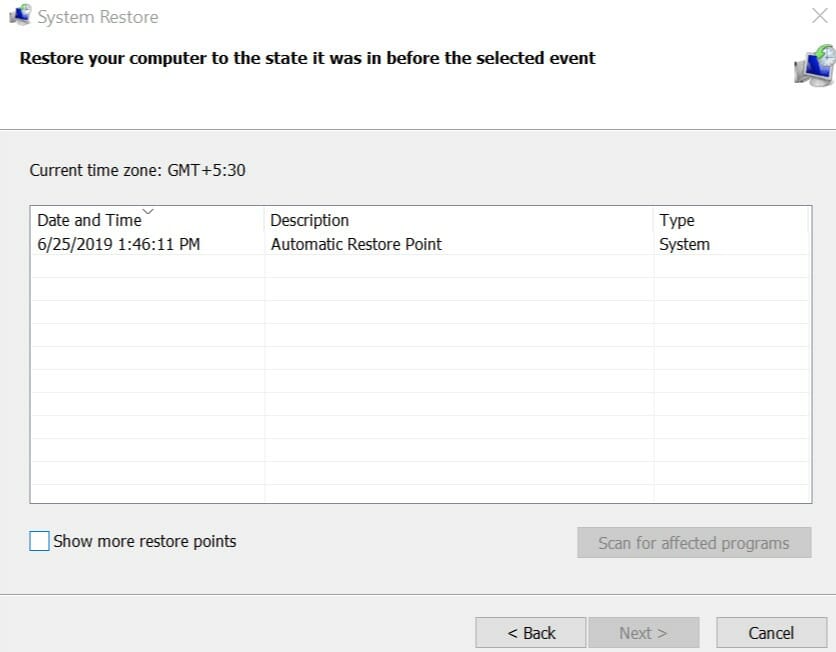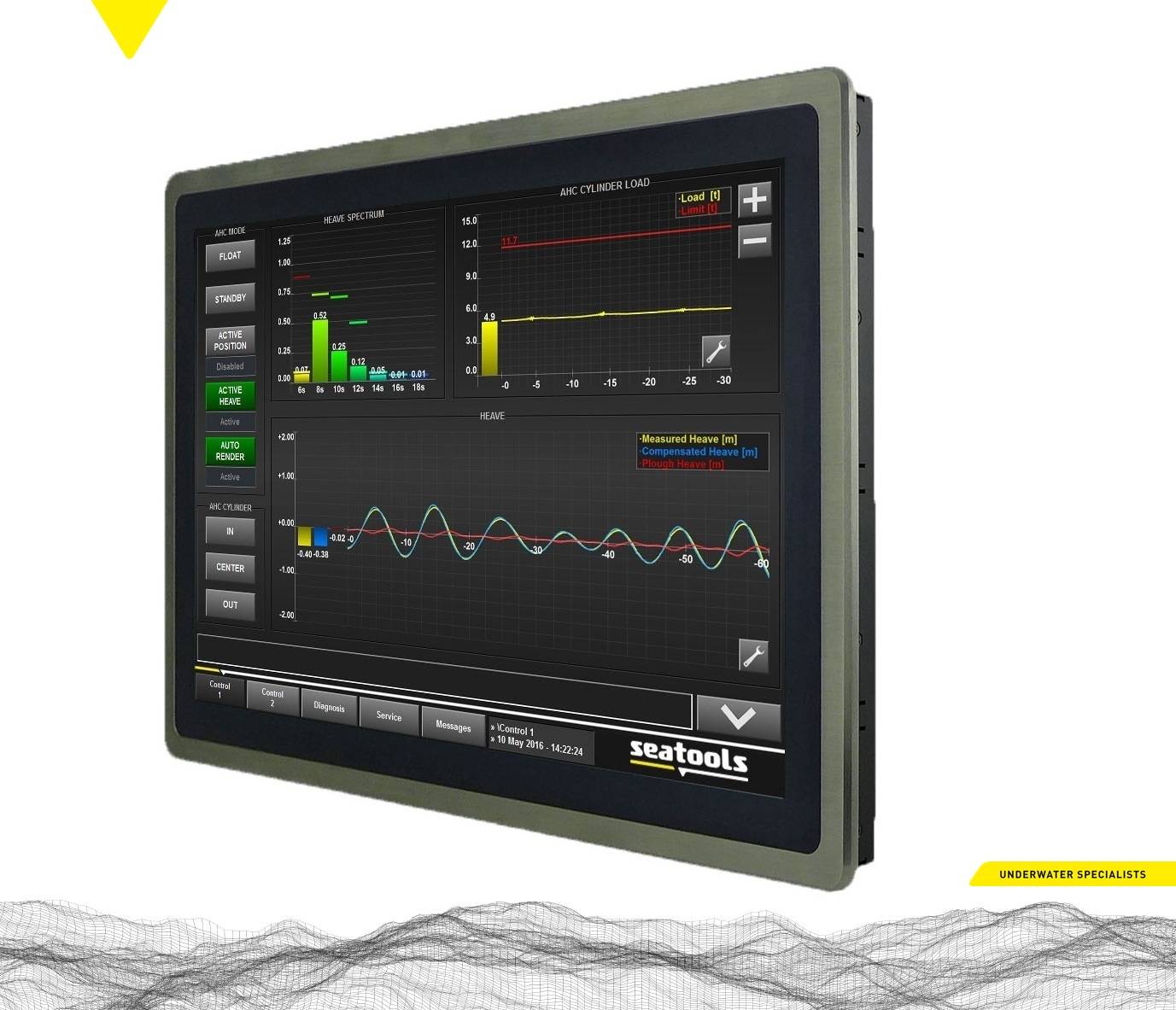

The Long Generic Test gives you the most detailed information but it might take hours to complete. Now click on basic test and select the type of test you want to run. Step 3: Select the disk you want to check for errors by checking the box next to it. On the main program interface you will be shown list of all the detected drives (Internal or external) along with their corresponding Serial Number, Model Number, Firmware Version and Status. Step 2: Once the program is installed successfully launch it with administrative privileges (right click, click on run as administrator). The installation is very simple all you need to do is follow the instructions in the installation Wizard. Step 1: Download and install SeaTools for Windows on your computer. Yes, it’s a time taking process (usually).ĭiagnosing the Hard Disk For Bad Sectors and Other Problems I would also suggest you to sit with a cup of coffee or some snacks before you get started.If you have any external drive connected to your computer you don’t want to diagnose, safely remove it before proceeding.Make sure it’s plugged into a power source. If you are diagnosing a laptop make sure it’s not running on batteries.Make sure no unnecessary process is running in the background using task manager. Please close all other applications before running a diagnosis.Some Suggestions Before You Start Diagnosing Your Hard Disk Drive Though it’s a tool from Seagate Labs, it works flawlessly on any hard disk regardless of the manufacturer. SeaTools, from Seagate is a freeware to that helps the user to test and analyze his hard disk on a hardware level to find errors and bad sectors. The chkdsk command can accomplish this but for a better understanding of the situation, we recommend you give SeaTools a shot. Diagnosing the hard disk for bad sectors now and then is a good practice. The best way to prevent (or to know before it happens) a disk failure is to perform routine checks on it. Can’t take a chance, right? (yeah, well, you probably could if you back up data and create system images regularly, but it’s still a big hassle) If devices like RAM, web camera, touchpad fail to function one can get it replaced at the nearest service center but what if your hard disk crashes! Of course you can purchase and install the new hard disk without any effort but what about the data which is gone forever. Same is the case with all the components of a computer.

No matter how careful one is, they all undergo wear and tear with time and thus fail to function one day. One thing we all know about machines and gadgets is, they usually do no last forever.


 0 kommentar(er)
0 kommentar(er)
